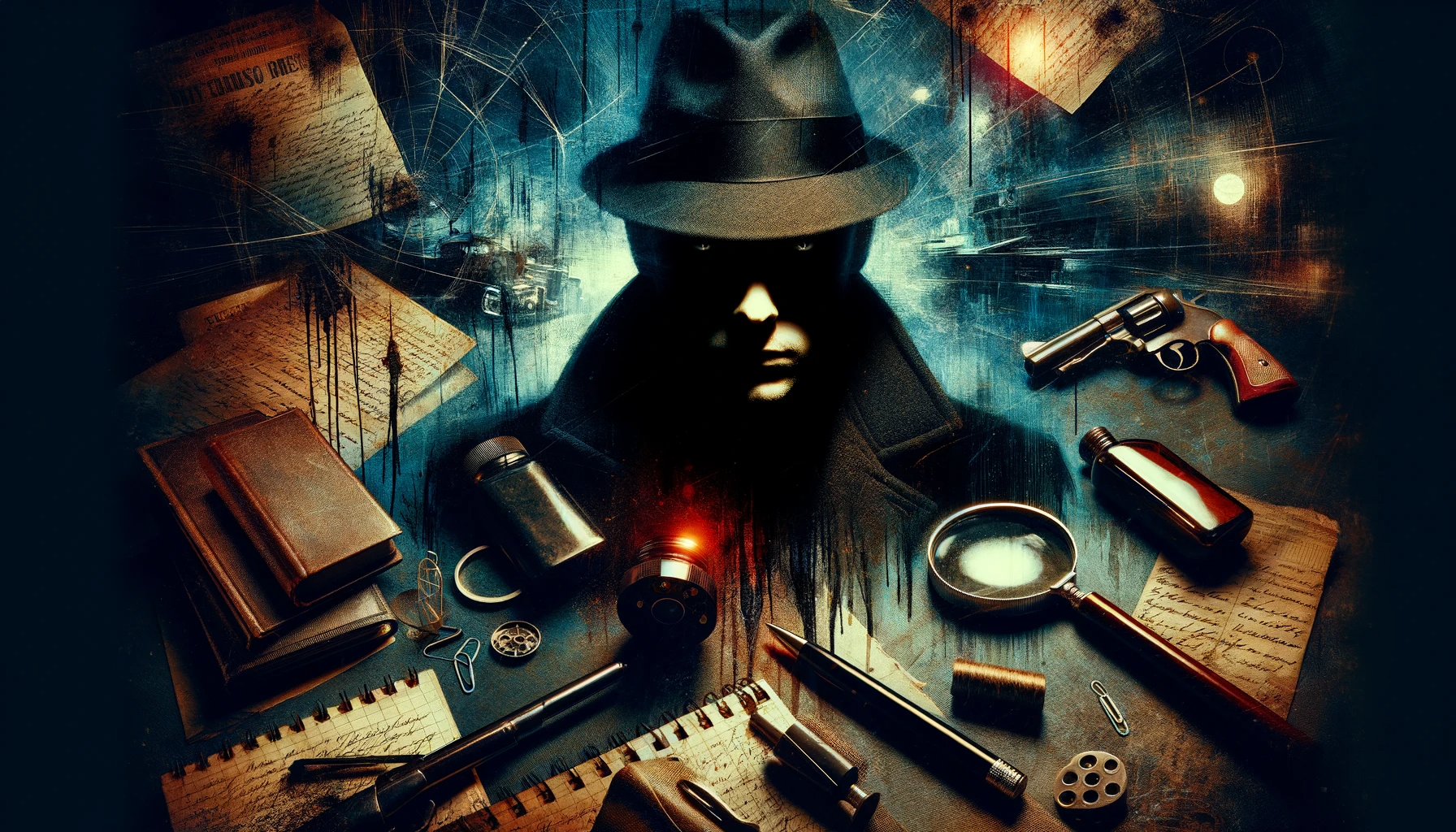The Phantom Barber of Pascagoula is a lesser-known but fascinating episode in the annals of American true crime history. It’s a story that combines elements of mystery, fear, and the bizarre, set against the backdrop of World War II America. Today in this blog post we attempt to explore the details of the case, the investigation, and the impact it had on the small town of Pascagoula, Mississippi.
In the summer of 1942, the residents of Pascagoula, a small town on the Gulf Coast of Mississippi, found themselves gripped by an unusual fear. A mysterious intruder, who would later be dubbed the “Phantom Barber,” began breaking into homes not to steal or cause physical harm, but to cut the hair of his sleeping victims.
The first known incident occurred in early June when the Phantom Barber cut a lock of hair from the head of a young girl while she slept. The intrusion was as silent as it was mysterious, with the family discovering the act only in the morning. Within days, a similar incident occurred in another household: two young girls woke up to find their hair had been cut during the night.
The town’s fear escalated when, a week later, the Barber struck again. This time, however, there was a disturbing addition: a bloody fingerprint was left on a windowsill. The pattern of the crimes was puzzling and terrifying. The intruder would slit window screens to enter homes, yet the primary intent seemed to be cutting the hair of the occupants, usually young girls.
Local law enforcement, led by Chief of Police A. W. Ezell, was baffled. The FBI was called in to assist, and the town increased its night patrols. Despite these efforts, the Barber continued his nocturnal activities, eluding capture.
Theories abounded. Some speculated that the Barber was collecting hair for esoteric rituals, while others thought he might be a German saboteur sent to sow panic during the war. The town was rife with rumors and suspicion, with residents keeping watch and arming themselves against the unseen intruder.
The case took a darker turn with the attack on the O’Keefe family. In late June, Terrell and Carol O’Keefe, a couple in their early twenties, were attacked in their home. Terrell was knocked unconscious, and Carol was assaulted. This incident marked a significant escalation from hair-cutting to violence, deepening the mystery and fear surrounding the Phantom Barber.
In August 1942, the police arrested a German chemist named William A. Dolan. Dolan was a well-educated, middle-aged man with a reputation for holding grudges against various townspeople. The police believed they had found their man, although the evidence was circumstantial.
Dolan was brought to trial, primarily based on the presence of human hair in his possession and the testimony of a witness who claimed to have seen him near the O’Keefe residence. The trial was sensational, capturing regional attention. Dolan maintained his innocence, claiming the evidence was planted and that he was being framed.
Dolan was convicted, not for the hair-cutting incidents but for the attack on the O’Keefes. He received a ten-year sentence, but many in Pascagoula remained unconvinced of his guilt, at least regarding the Phantom Barber incidents. No direct evidence linked him to the hair-cuttings, and the attacks ceased before his arrest.
Dolan served six years before being released on parole. He continued to assert his innocence, and many who knew him supported his claims. The true identity of the Phantom Barber, and whether Dolan was involved in any of the incidents, remains a matter of debate.
The Phantom Barber of Pascagoula remains a peculiar footnote in the history of American crime. It’s a story that combines elements of urban legend with the very real fears of a community under threat. The lack of a definitive resolution leaves the case open to speculation and interpretation.
The Phantom Barber case is emblematic of how fear can grip a community and how elusive the truth can be in the face of panic and rumor. Whether the Phantom Barber was a disturbed individual, a manifestation of wartime anxieties, or something else entirely, remains unknown. What is certain is that for a brief period in 1942, the town of Pascagoula was held in the grip of a mystery that remains unsolved to this day.
In the annals of true crime, the Phantom Barber of Pascagoula stands out not for the violence or scale of the crimes committed, but for their sheer strangeness and the enduring enigma that surrounds them. It’s a reminder that sometimes, the most perplexing mysteries are those that occur closest to home, in the quiet of night, leaving only questions and shadows in their wake.
Suggested Reading & Media Coverage
- Local Histories and True Crime Collections: Books focusing on the history of Mississippi or collections of unusual true crime stories often include sections on the Phantom Barber.
- “Weird U.S.: Your Travel Guide to America’s Local Legends and Best Kept Secrets” by Mark Moran and Mark Sceurman – This book series covers various strange and obscure tales from American history, including local legends like the Phantom Barber.
- “The Strange Case of the Phantom Barber“ – This is a detailed article or blog post that can be found on various true crime or mystery-themed websites.
- Podcasts : Ridiculous History
- “Mississippi Folk and the Tales They Tell: Myths, Legends and Bald-Faced Lies” by Diane Williams – This book, while not exclusively about the Phantom Barber, includes a variety of folklore and legends from Mississippi, potentially featuring the Phantom Barber among other local tales.
